Don’t leave home without it! Keys. Wallet. Pocket knife! Now you’re ready to go. It’s no exaggeration to say that pocket knives are high on the list of humanity’s most useful tools. As a lowly letter opener or a majestic fishing gadget and survival tool, a really good pocket knife makes your life complete. If that sounds like an exaggeration to you, you probably don’t have that life-changing pocket knife that makes your heart sing… yet!
Picking a pocket knife, just like any old pocket knife, is certainly easy enough. There’s scads of them out there – fixed and folding – thousands of options. But the choices get to be overwhelming, and it’s hard to know which one is right for you. Your buddy could have one he swears by, but when you hold it… nothing.
You want a daily carry pocket knife that brings a smile to your face and makes your heart beat a bit faster. So, mundane tasks like opening boxes by slicing the tape cleanly become almost… thrilling. You’re unlikely to cut a seatbelt to rescue someone from a burning vehicle very often. And hopefully, you never need to defend against a crime. Yet there is nothing like your favorite blade by your side in the early morning of the first day of hunting season. And you’ll never want to be without it on the shore with your best rod, too.
This guide will hopefully answer your questions and make it easier to pick a pocket knife that’s perfect for you.
What is a Pocket Knife?
Is a pocket knife more than just a knife you carry in your pocket? Well, yes and no. Yes, for the obvious reasons. It is usually a knife that fits in your pocket. A simple, effective tool, handy for dozens of everyday uses.

Many pocket knives are foldable, but many are not. Foldable knives are easier to keep in your pocket or purse. But a hand-sewn high-quality Horween® leather sheath gives you the option to wear your no-so-pocket knife on your belt open-carry fashion. The Trayvax sheath is riveted for extra durability, with a Kydex layer that increases stiffness and the blade’s retention strap retracts for easy retrieval.
Sizes of Pocket Knives
The smallest pocket knife actually does fit in your pocket, but lots of knives still categorized the same are way too big. In this situation, size does matter. Choose the right size for the task at hand. For example, for cutting, use a smaller knife. For carrying on your belt, you need a larger size to access it easier.
Different Types of Pocket Knives and their Uses
Pocket knives are handy for everything from (daintily) cutting up fruit to opening Amazon packages. But what makes one perfect for what you need? Let’s start at the beginning.
Folding Knife – Portable
A folding knife blade hides in its own case, locked into place. Perfect for sliding into your purse or pocket, it’s smaller, less bulky and more portable than a full-fledged knife.
Sheath Knife – Easy Access
When not in use, a sheath knife uses a (leather) sheath to carry the blade, usually on your belt. Sheath knives are indispensable in the woods as a survival tool. Every hunter, angler, camper, hiker, and outdoorsman treasures the sensation of a leather sheath hugging a stainless blade on his belt. And… it doesn’t poke a hole in your pocket.
Single-Blade
Simplicity and pure form. A single-blade folding pocket knife has a spring-loaded opening mechanism, so you can easily open it with one hand. A classic option, as foldable or a sheath style, this is your everyday carry (EDC) for around the house and general outdoors stuff.

Multi-Blade Pocket Knives
Multiple blades on one knife can kill several birds with one stone. With two, three or four blades, you can choose the right one for the task. Carve the wood to sharpen a pencil or skin an animal. You’ll have to replace a multi-blade model more often, though. No lifetime guarantees here.
Swiss Army Knives & Multi-tools
Keep a saw, tweezers, a nail file, scissors, a magnifying glass, and a corkscrew handy. The Swiss Army Knife was created as a practical, reliable tool for the battlefield. If you need a pocket version of a tool belt, add a multi-tool to your collection.
Handle Designs
A quality handle with an ergonomic design prevents slippage and avoids injuries. Comfort, and good traction, wet and dry, are critical for safety and good results. Watch out for puny handles that leave your hand to slide forward onto the blade. And check for sharp edges or uneven joints. You’ll find lots of different handle materials, wood, textured plastic, metal, and even antlers.

How Pocket Knives are Made
Take a close look at your pocket knife, and you’ll easily be able to imagine how it was made. Each piece has a separate process, and then it all comes together.
The Blade
Arguably, the blade is the most important part of a knife, so let’s start there. And, of course, the material is the most critical decision about the blade. A ceramic or plastic blade might be okay to cut the cheese, but a high-quality stainless-steel blade is a better choice to have on your hip for a survival weekend.
The Trayvax Trek uses premium S35VN stainless steel, which builds the foundation for the lifetime warranty.
Every other manufacturer’s blade is a bit different because it’s all a trade-off.
Any blade combines:
- Hardness – Too hard, and although it holds an edge, it chips or breaks easily.
- Rust Resistance – Totally corrosion-proof steel is too soft and doesn’t hold an edge.
- Affordability – Amazing performance can put a big hole in your pocketbook!
- Edge Retention – The perfect balance between hardness and rust resistance.
- Durability – Add everything up and check the warranty!
So, let’s head back to the forge. The steel is heated until it reaches a malleable temperature. That’s where manufacturing systems start to make a difference.
Some knives are cut out using a metal die (like a cookie cutter.) Others, like the Trek, are milled and cut with a CNC machine because it is more precise than traditional die-cutting methods. Everything from the skeletonizing to the thumb jimping is carefully milled by CNC.
Then, the blade is polished to perfection!

The Handle
Handles have as many variations as blades. Wood, plastic, metal, bone, or others, carved, poured into molds, or CNC milled. Most pocket knives have a separate handle joined to the blade – either a stationary join or a moving joint for a folding knife. These are called partial tang knives because the metal of the blade only penetrates the handle part way.

A full-tang knife lacks this joint between the blade and the handle. Either the metal goes all the way through the handle or actually is the handle itself. Once the handle is made, it is polished, painted, or engraved – whatever it needs to look and perform its best.
For the lefties out there, you’ll find you have some choices for handles designed for left-handed retrieval for front or vertical carry or with your right hand for Scout-carry.

The Sheath
A foldable knife provides its own protection, making it easy to carry in your pocket. For a fixed blade pocket knife, you’ll want a sheath that fits it perfectly. A leather sheath that fits on your belt makes your fixed blade easily accessible. Not as big or heavy as a holster, it’s easy to carry and gives you a sense of being prepared for anything.
What are Pocket Knives Typically Made of?
Almost all pocket knives are made from different types of stainless steel, except a few made of obsidian, which is incredibly cool, if impractical.
- Obsidian – This naturally occurring volcanic glass is very hard, so it is brittle. When it breaks, it fractures into millions of tiny shards. Super thin and incredibly sharp, it’s a great surgical tool for delicate work, but it won’t last long in your pocket!
- Surgical Steel – Run away from this one! Although obsidian is actually used for surgeries, surgical stainless steel is a meaningless term.
- Stainless Steel – Contains chromium, which prevents tarnish and rust. Look for manufacturers that list the type of steel in the product description.
- Carbon Steel – High carbon steel pocket knives wear more quickly. Super sharp in the beginning, but you’ll need to take a sharpener with you on a month-long camping trip. Fortunately, carbon steel is easy to sharpen and holds an edge well, but you’ll spend more time maintaining the blade because the metal tends to corrode.
Ultimately, it comes down to personal choice, but you can never go wrong with a good, stainless steel pocket knife at your side.
Why Carry a Pocket Knife?
You’ve heard the story of the pocket knife saving the day by cutting the seatbelt to rescue the passenger from the burning vehicle. And that’s an excellent reason to add a pocket knife to your everyday carry (EDC.) Plus, if you get stranded in the woods without shelter, your blade may well save the day.
An essential tool for hiking and camping to set up your tent, cut small ropes and slice hot dog buns. Admittedly, maybe most blade action is slicing open the tops of Amazon delivery boxes, DYI home improvement tasks, and replacing a dull restaurant steak knife.
But a pocket knife comes with its own sense of self-reliance in a world where you never know when you need to fend for yourself.
What are the Laws About Pocket Knives in My State?
Check to be sure! The laws vary from state to state, so be sure, especially when you travel across state lines, that you know the laws. You could receive a fine, have your knives confiscated, or, worst case, be arrested for possession of a dangerous weapon.
Ownership Vs Carry Laws
Ownership laws forbid even owning specific dangerous knives.
Carry laws define what you can have with you outside your home, openly or concealed. Some states define “carry” as on your person. Still, others include keeping a knife in a vehicle or anywhere within reach.
No matter what state you are in, carrying a pocket knife at the airport or onboard a plane is always illegal. Never take your blade into a school, a courthouse, or any government building. And unless you are in the military, don’t take your blade onto a military base.
How to Carry a Pocket Knife
The whole point of a pocket knife is to have it handy. If you don’t have an easy way to carry it, you won’t likely have it with you when you need it most.
Your pants pocket is a reasonable place to keep a folded model but watch to be sure you don’t end up with a hole. Keep the blade’s tip pointing up, with the back of the blade facing your back. That way, you can easily grab it, making sure the blade doesn’t open before you get it out of your pocket.
Use a clip to secure a small, folded blade inside your jacket or in your cargo pants. A keychain or carabiner work, too. But for rapid access and secure carry, a belt sheath on your preferred hand side is likely best.
Takeaways
A pocket knife purchase is a series of compromises. Not too big or too small. A durable blade that keeps an edge but isn’t too brittle. A comfortable handle, for whichever hand you use for front carry or Scout-carry. And how will you carry it? In your pocket or in a sheath on your belt?
You might now understand why so many campers and hikers are also pocket knife collectors. One for every purpose, sure. But mostly, it’s hard to get cooler than an excellent knife.

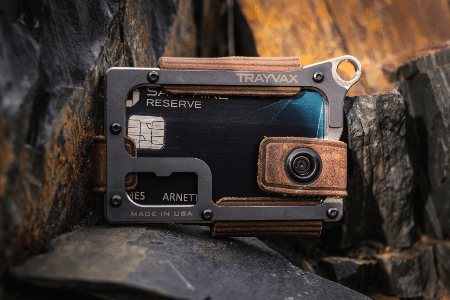
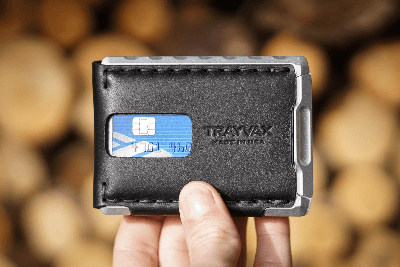
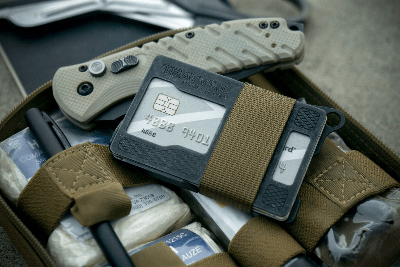
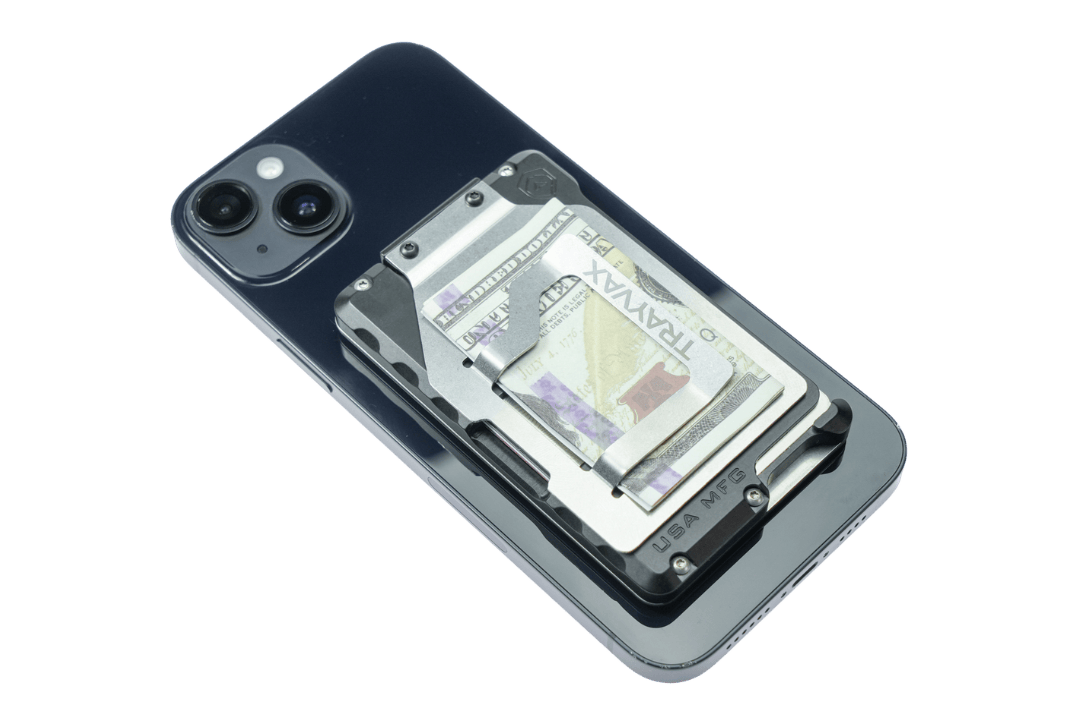



















































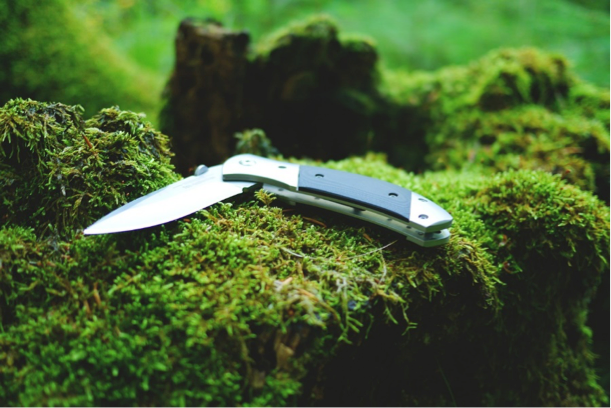
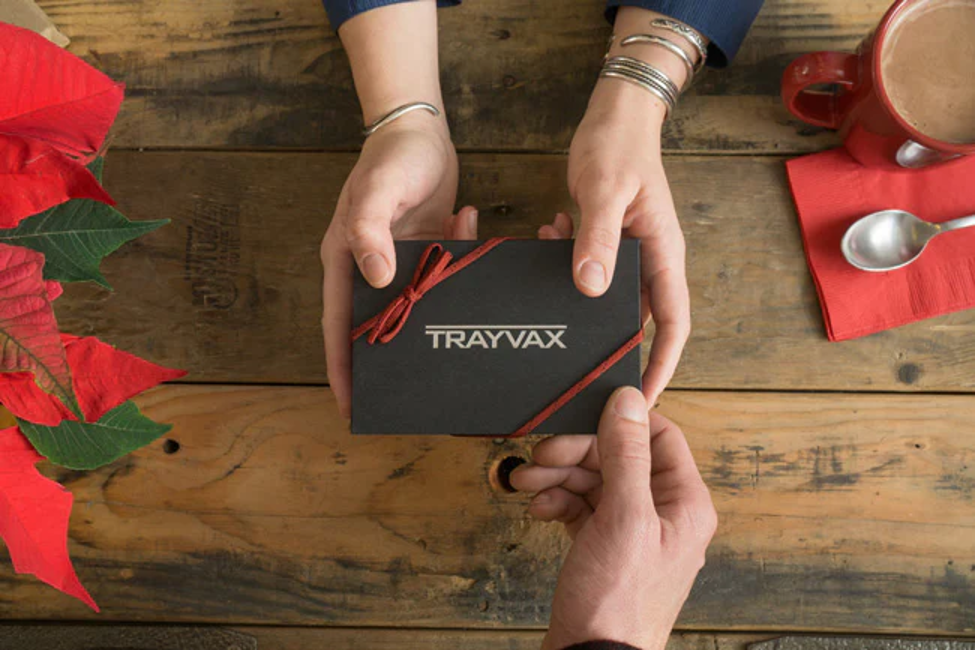

Leave a comment
All comments are moderated before being published.
This site is protected by hCaptcha and the hCaptcha Privacy Policy and Terms of Service apply.